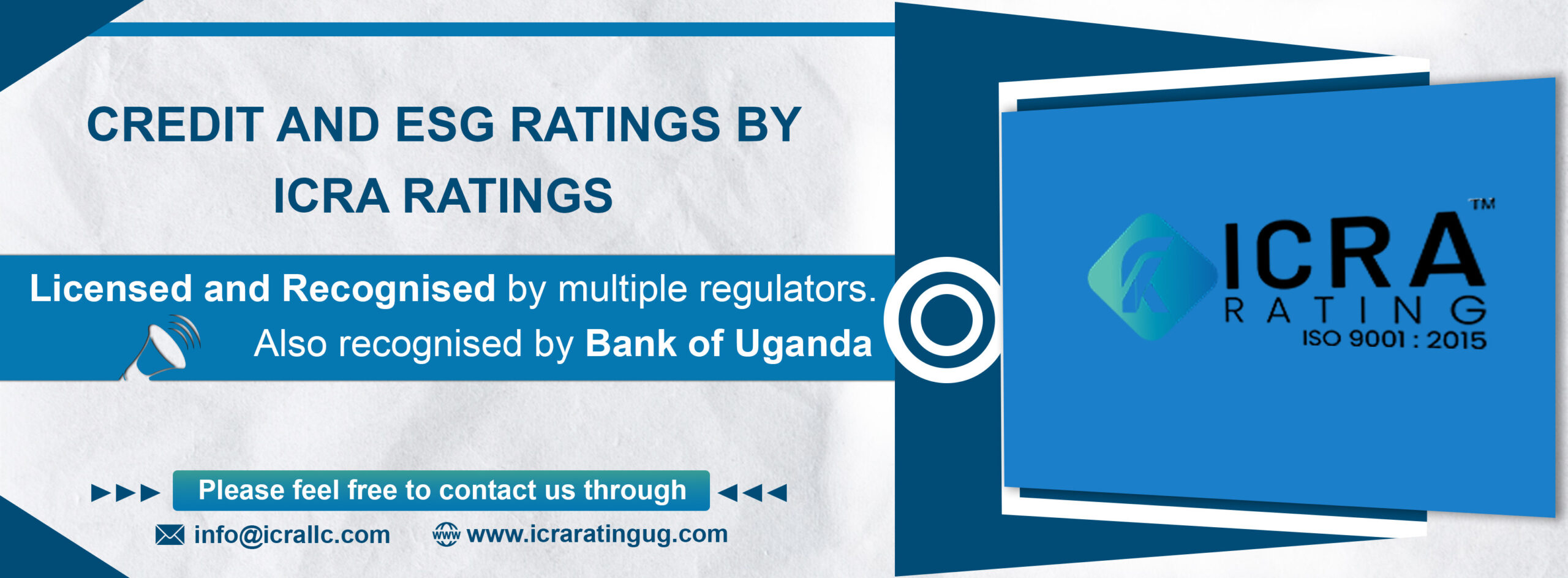
When Finance Minister Matia Kasaija stood before Parliament on June 12th, 2025, to unveil the UGX 72.136 trillion national budget, he wasn’t just presenting numbers he was launching Uganda’s most ambitious development blueprint yet: the Fourth National Development Plan (NDP IV).
With a stated vision to accelerate the economy tenfold from USD 61 billion to USD 581 billion by 2040 the NDP IV is bold, perhaps even audacious. But as analysts comb through the 2025/26 budget, a question hangs in the air: does this budget carry the weight of the transformation it promises?
The budget’s theme, “Full Monetisation of Uganda’s Economy through Commercial Agriculture, Industrialisation, Expanding and Broadening Services, Digital Transformation and Market Access,” reads like a direct excerpt from NDP IV. The plan outlines five big goals: increase productivity, human capital, private sector competitiveness, strategic infrastructure, and good governance.
And indeed, there’s evidence of alignment.
Government has injected over UGX 9 trillion into wealth creation in the last decade, much of it channelled through initiatives like the Parish Development Model (UGX 3.3 trillion), Emyooga, and the Agricultural Credit Facility. These target the very heart of NDP IV’s first objective: moving 39% of Ugandans out of subsistence farming.
In infrastructure, the story is compelling. Uganda now boasts 2,051 MW of installed electricity a fourfold increase since 2010. Road access to all borders is tarmacked, and digital access has improved drastically with over 53% internet penetration. These mirror NDP IV’s calls for inclusive infrastructure to support industrial growth.
But while the fiscal framework ticks off many of NDP IV’s boxes, economists and development experts warn that this is just the beginning—and not yet a guarantee of delivery.
One major concern? Implementation gaps. Uganda has long battled poor absorption rates, especially at the local government level. Despite the PDM’s vast budget, several districts report bottlenecks in fund disbursement and community uptake.
“The money is there, but capacity at the grassroots is lacking. Without urgent reforms in governance and accountability, we risk repeating past mistakes,” said one budget analyst at the Economic Policy Research Centre.
NDP IV also pushes for a strong private-sector-led model. But private sector credit growth remains sluggish only 6.4% over the past year. And despite government efforts to offer low-interest capital, many SMEs cite limited access and bureaucratic hurdles.
Oddly muted in the budget is any strong reference to climate resilience or green economy financing even though NDP IV recognizes environmental sustainability as vital. Uganda remains vulnerable to climate shocks, and yet strategic investment in climate-smart agriculture and disaster preparedness is barely mentioned.
This omission could haunt long-term transformation efforts.
There’s little doubt the 2025/26 budget is well-aligned with the strategic intent of NDP IV. From agriculture to industrialisation, infrastructure to digital inclusion, the direction is right.
But good plans don’t transform nations execution does.
The NDP IV aims to lift Uganda into middle-income status within a decade and position it among the fastest-growing economies in the world. That journey starts with this budget. Whether Uganda runs, walks, or stumbles on that road will depend on how these allocations translate into action, impact, and accountability.
For now, Uganda has charted its course. The world will be watching to see if it can keep stride.














